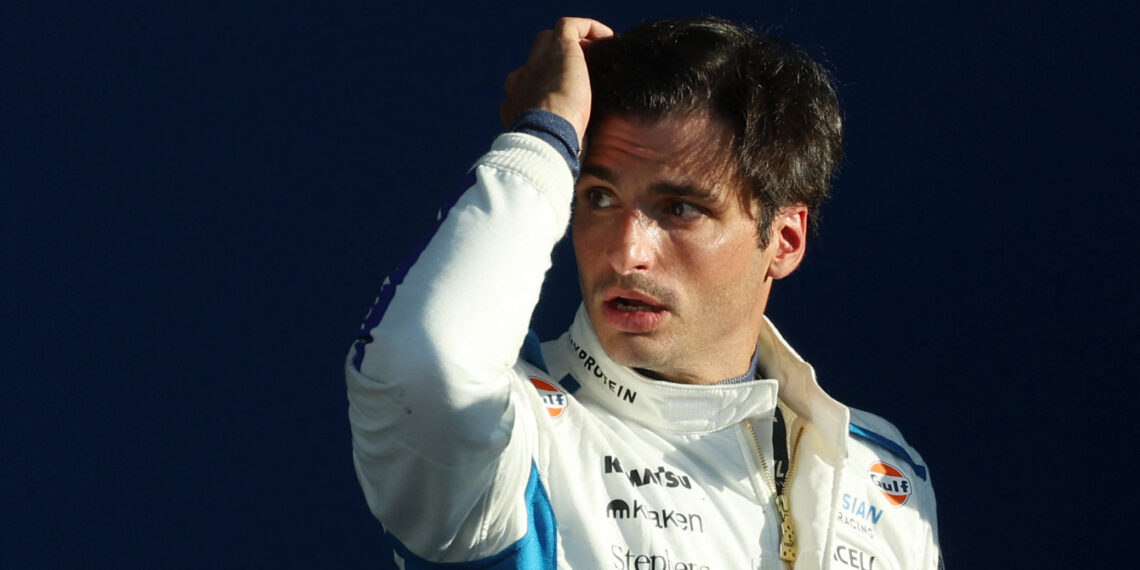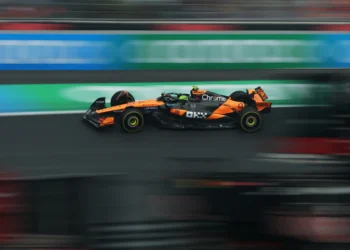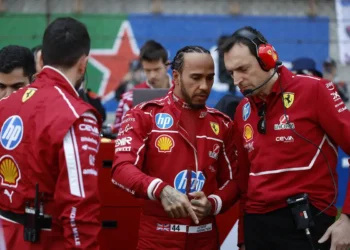The racing world is ablaze with controversy as the FIA unveils the highly-anticipated updated F1 racing guidelines for 2025, sparking intense debates about transparency in the sport. Amid calls for more clarity, the FIA has decided to lift the veil of secrecy by making the latest racing guidelines and penalty system public.
One of the most contentious topics in the new guidelines is the allocation of priority in wheel-to-wheel duels, especially regarding overtaking maneuvers. With the new rules making it easier for cars on the inside to overtake, the criteria for giving room during overtaking have been meticulously outlined by the FIA. From overtaking on the inside to the more challenging outside maneuvers, every aspect has been dissected to provide a comprehensive understanding of how race stewards will evaluate on-track incidents.
Drivers like Carlos Sainz and Max Verstappen have already been at the center of attention for their daring overtakes, bringing into question the nuances of these new guidelines. The FIA emphasizes that these are guidelines, not strict regulations, aimed at assisting competitors in anticipating how stewards might assess specific incidents. Factors such as late braking, car positioning, and corner characteristics all play a crucial role in determining the outcome of racing incidents.
Furthermore, the FIA has also shed light on their penalty system, which has garnered public interest, especially with Max Verstappen teetering on the edge of a race ban due to accumulated penalty points. The transparency and clarity provided by the FIA’s latest publications aim to demystify the decision-making process behind penalties and ensure a fair and just competitive environment in Formula 1.
Notable figures in the sport, including George Russell, have welcomed this move towards greater transparency within the sport’s governance. Russell highlights the importance of providing fans and the media with a clear understanding of the rules of engagement on the track, as well as insight into how stewards reach their decisions.
As the F1 community grapples with these new guidelines and the implications they may have on future races, one thing is certain – the landscape of Formula 1 is evolving, and the FIA is paving the way for a more transparent and equitable racing environment.










